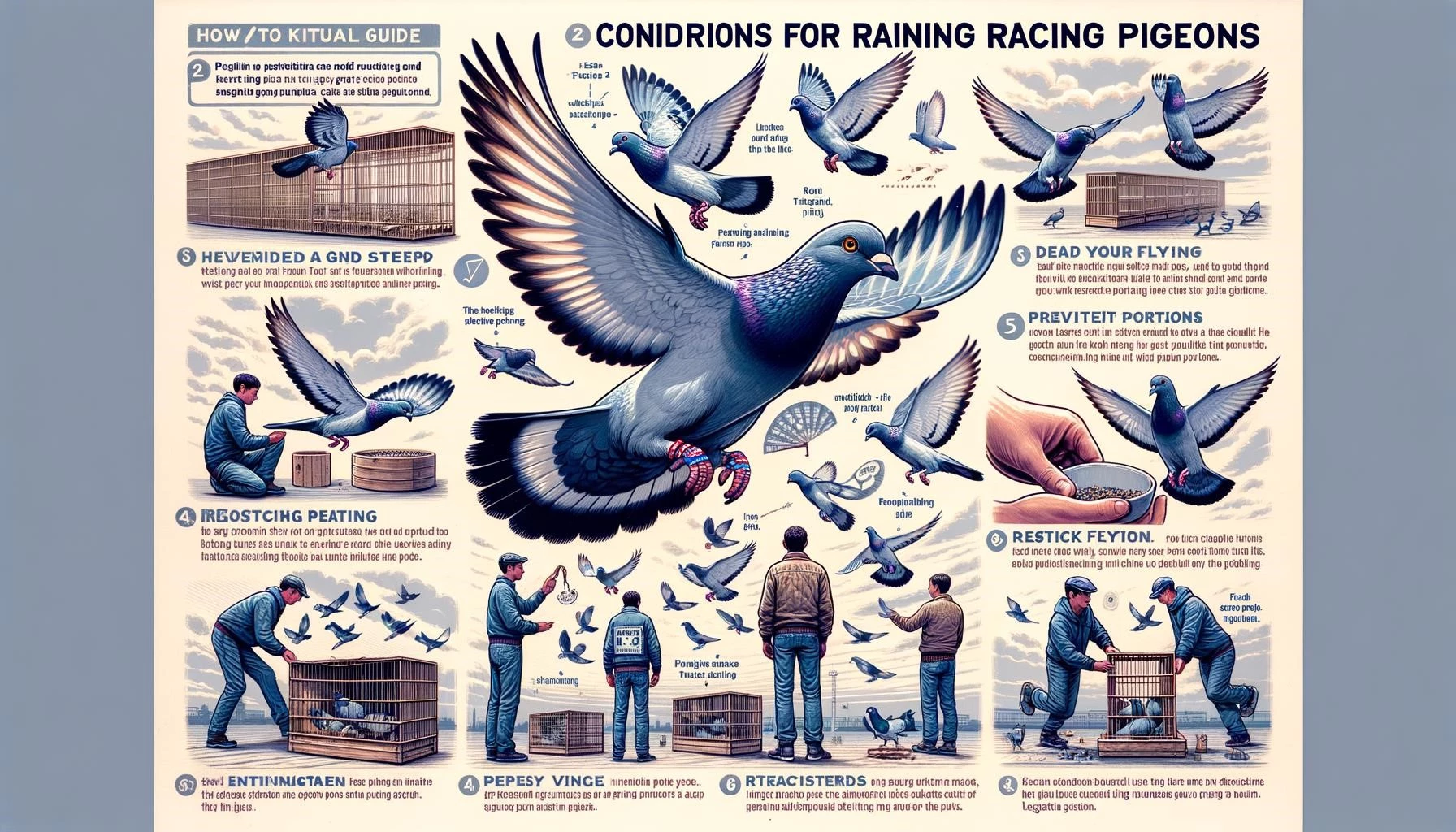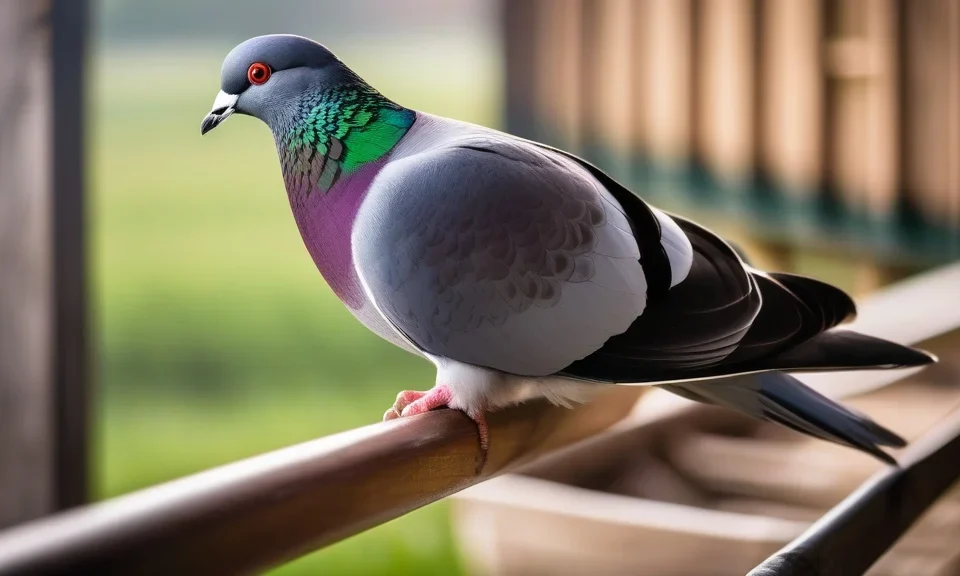Racing pigeons have been trained and bred for centuries to participate in races where they showcase their speed, endurance, and navigational abilities. Training these pigeons requires time, dedication, and proper care to ensure they are fit for racing competitions. In this article, we will explore the essential aspects of training racing pigeons, including their initial conditioning, exercise routines, and the gradual increase in distance during training. By following these guidelines, pigeon fanciers can develop their birds’ racing skills and prepare them for successful competitions.
Key Takeaways
- The training of racing pigeons begins in the loft, where they are kept for about 4 weeks after purchase to acclimatize to their new surroundings.
- Pigeons are gradually trained by releasing them from the loft and slowly increasing the distance of the training flights.
- Racing pigeons are exercised around the loft for a minimum of one hour daily to keep them fit and active.
- Feeding and watering of the pigeons are done in the loft to ensure they associate the loft with food and water sources.
Initial Conditioning in the Loft
The training of racing pigeons begins in the loft, where they are initially kept for about 4 weeks after their purchase. During this period, the pigeons acclimatize to their new environment, become familiar with the loft, and bond with their fellow flock members. This time is crucial as it allows the pigeons to develop a sense of security and attachment to their loft, which is essential for their return after races.
While in the loft, the pigeons should be provided with a comfortable and clean environment. Regular cleaning of the loft is necessary to maintain good hygiene and prevent the spread of diseases. Additionally, the loft should have proper ventilation and lighting to ensure the pigeons’ overall well-being. Adequate nest boxes and perches should also be provided for the pigeons to rest and settle in.
Exercise Routine
Regular exercise is crucial to the conditioning and fitness of racing pigeons. Pigeons are naturally active birds, and their exercise routine helps them develop strong flight muscles and stamina necessary for racing. Exercise also helps prevent obesity and keeps the pigeons mentally and physically stimulated.
Pigeons should be allowed to exercise around the loft for a minimum of one hour every day. During this time, they can fly, circle the loft, and interact with other flock members. The exercise routine can be extended depending on the fancier’s schedule and the birds’ fitness levels. A variety of flying patterns, such as swooping and soaring, can be encouraged to enhance the pigeons’ flight capabilities.
Training Flights and Increasing Distance
Once the pigeons are well-acclimatized to the loft and in good physical condition, training flights can commence. The initial training flights are conducted by gradually increasing the distance of release from the loft. These flights help the pigeons develop their navigational skills, homing instincts, and the ability to find their way back to the loft from unfamiliar locations.
The general rule of thumb is to conduct two training flights at each distance before doubling the distance. For example, the pigeons can initially be released half a mile away from the loft. After conducting two successful flights from this distance, the fancier can gradually increase the distance to one mile, then two miles, and so on.
It is essential to observe the pigeons’ behavior during training flights. Pigeons that return promptly and confidently are indications of their readiness for longer-distance races. However, if any pigeons show signs of fatigue, disorientation, or difficulties finding their way back, their training should be revised and adjusted accordingly.
After several weeks of training and successful flights, racing pigeons can be ready for races covering several hundred miles, showcasing their speed and endurance capabilities.
In conclusion, training racing pigeons requires patience, dedication, and a systematic approach. Starting by conditioning the pigeons in the loft, providing regular exercise, and gradually increasing the distance of training flights are essential steps in developing their racing skills. By following these guidelines, pigeon fanciers can maximize the potential of their pigeons and increase their chances of success in competitive racing.









